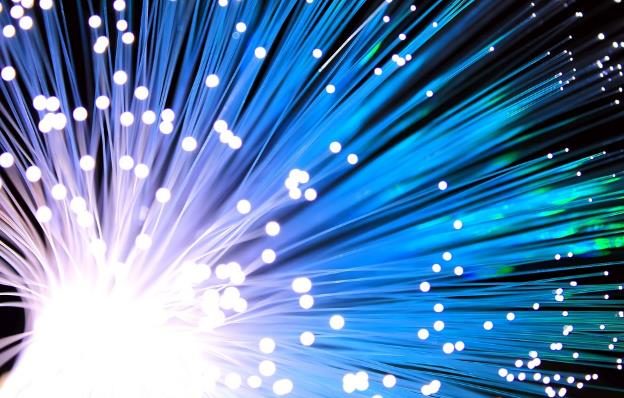As the global demand for high-speed, high-bandwidth connectivity continues to grow, the role of fiber optic cables has become increasingly vital. These advanced transmission lines, which use pulses of light to carry data, have revolutionized telecommunications, internet infrastructure, and a wide range of other industries. And the future of fiber optic cables promises even more transformative developments.

.jpg)
One of the most exciting frontiers in fiber optic technology is the push for higher data transmission speeds. Researchers and engineers are continuously working to expand the capacity and efficiency of fiber optic networks. Recent innovations include the development of multi-core fiber optic cables, which can transmit multiple data streams simultaneously, as well as the use of advanced modulation techniques to cram more information into each light pulse.
Laboratory demonstrations have already achieved data transmission rates exceeding 100 gigabits per second (Gbps) over single-mode fiber – a remarkable achievement considering that just a decade ago, 10 Gbps was considered state-of-the-art. These breakthroughs have the potential to usher in a new era of superfast, low-latency connectivity to power the data-hungry applications of the future, from 8K video streaming to real-time cloud computing.
Alongside speed, another key focus area for fiber optic technology is extending transmission distances. Traditionally, fiber optic signals would begin to degrade after traveling 40-80 kilometers, necessitating the use of repeater stations to regenerate the light pulses. However, novel fiber designs and amplification techniques are now enabling trans-oceanic fiber optic cables that can span distances of thousands of kilometers without the need for intermediate repeaters.
This has major implications for global telecommunications, allowing for more direct, efficient, and reliable long-haul data links between continents. It also opens up new opportunities for distributed computing, remote sensing, and other applications that require ubiquitous high-speed connectivity across vast geographical areas.
Beyond performance enhancements, the future of fiber optics will also likely see a greater emphasis on cost-effectiveness, flexibility, and sustainability. Industry players are exploring ways to drive down the manufacturing and installation costs of fiber optic infrastructure, such as through the use of more affordable material components and modular, plug-and-play deployment models.
There is also growing interest in "green fiber" solutions that utilize recycled or biodegradable materials, consume less energy, and minimize the environmental footprint of fiber optic networks. Combined with the inherent energy efficiency advantages of fiber optics over traditional copper wiring, these innovations will be crucial for supporting the global transition to more sustainable digital infrastructure.
As the world becomes ever more dependent on fast, reliable, and boundless connectivity, the future of fiber optic cables has never been brighter. Through continued research, engineering, and collaborative innovation, this technology is poised to underpin the next generation of communications, computing, and digital services. The road ahead for fiber optics is filled with exciting possibilities.